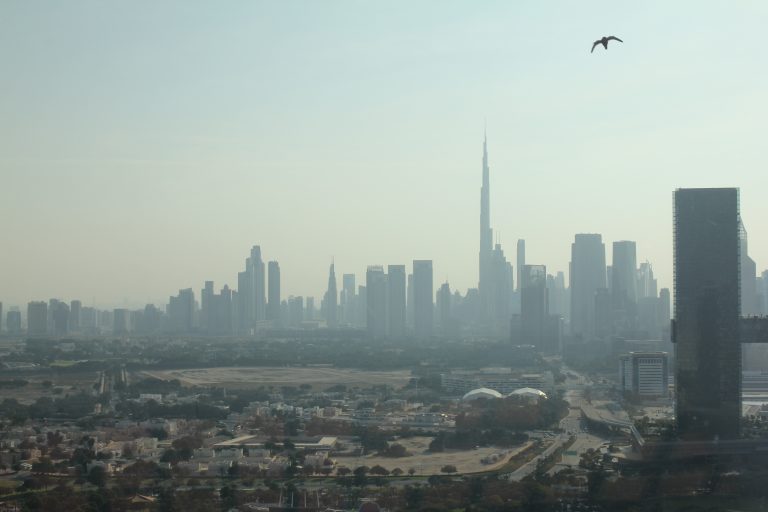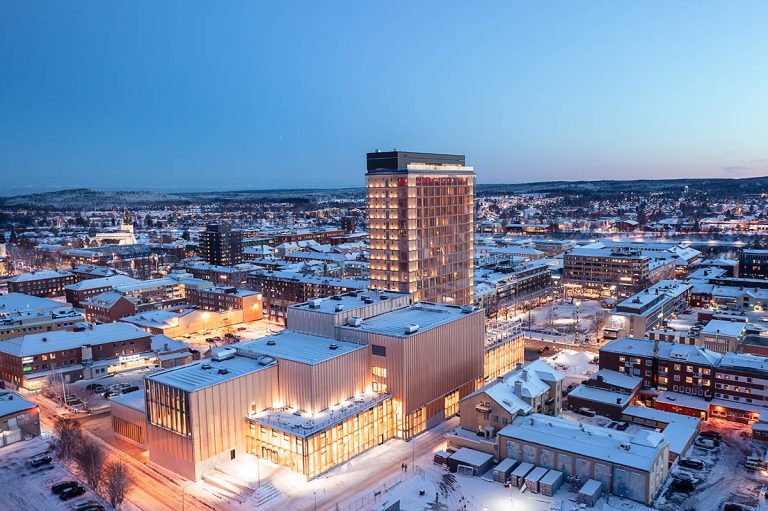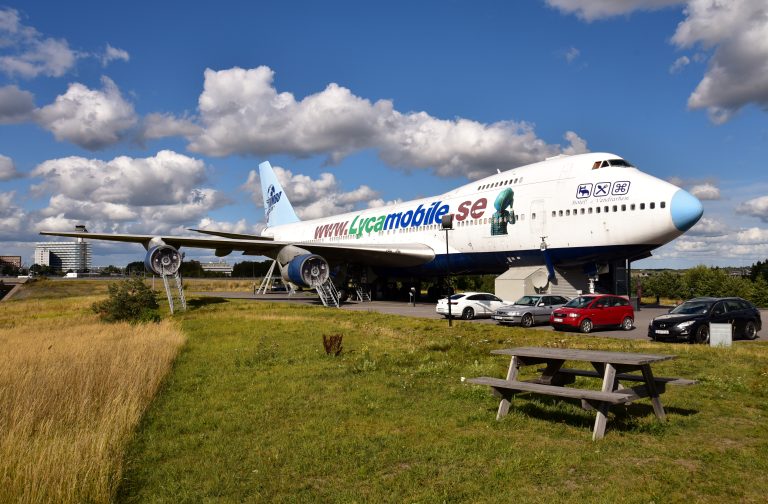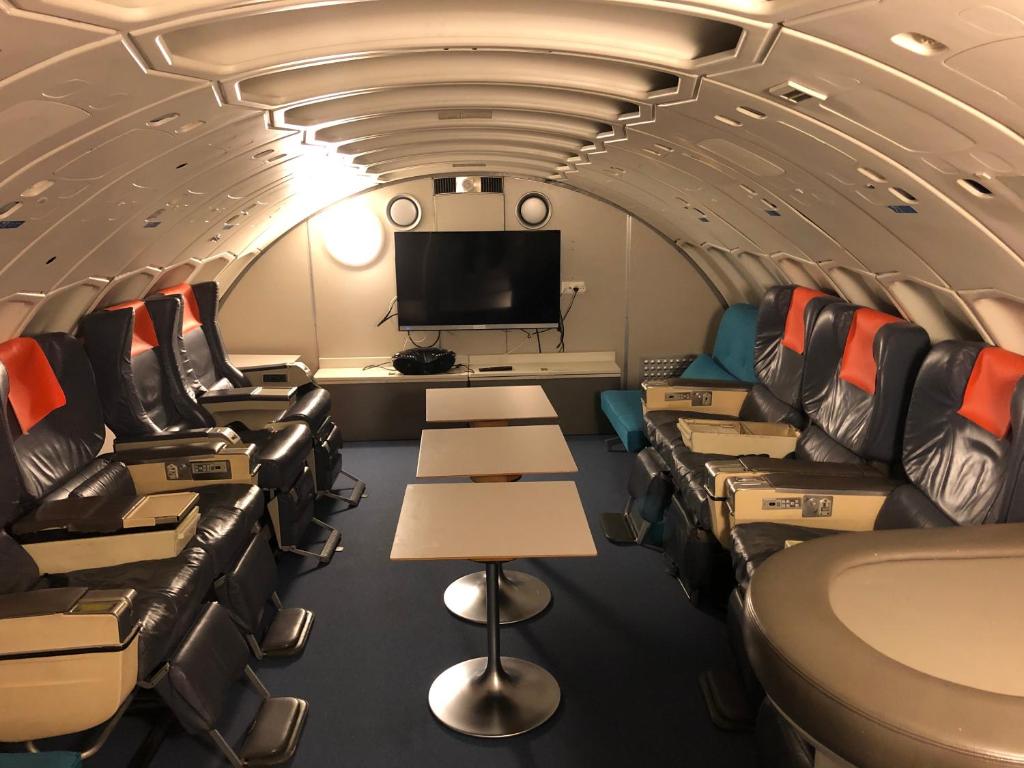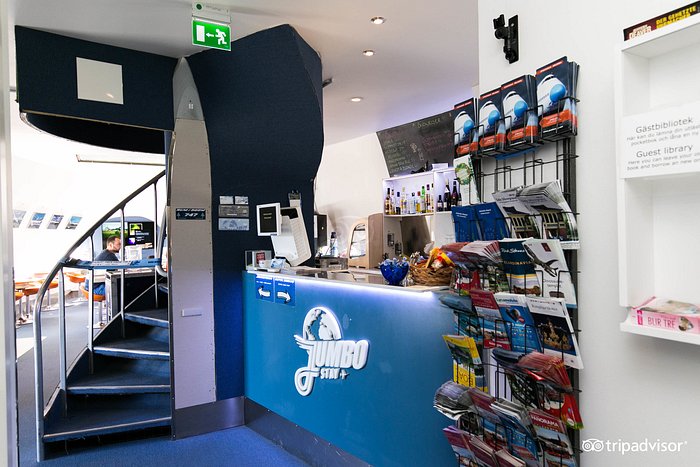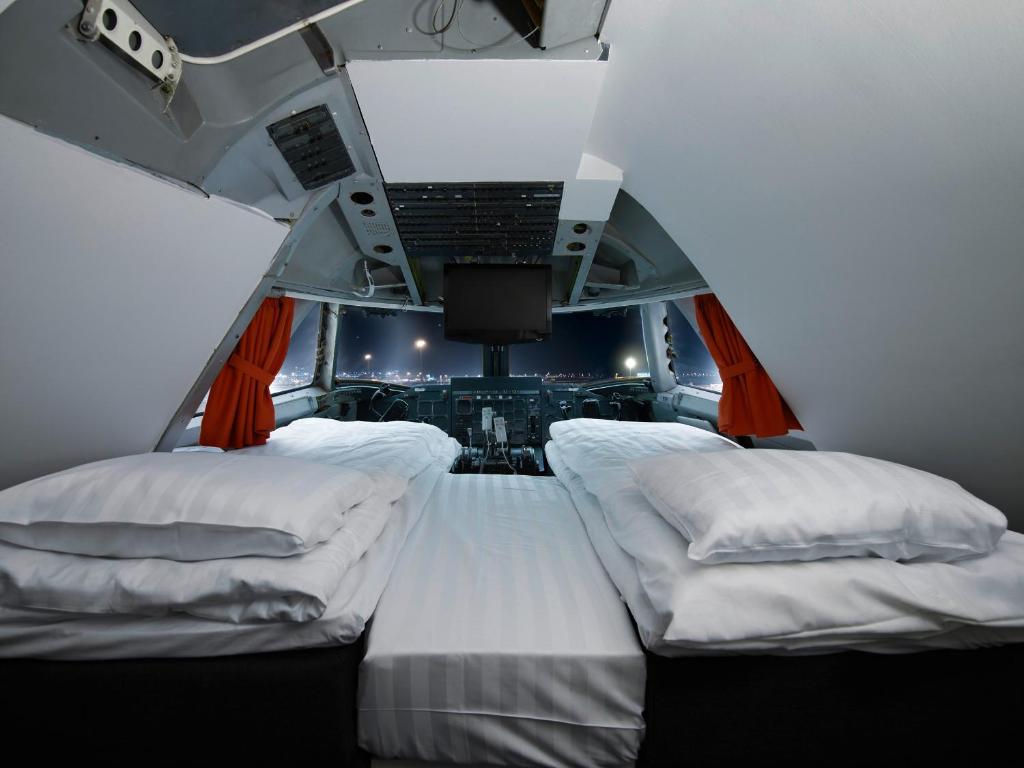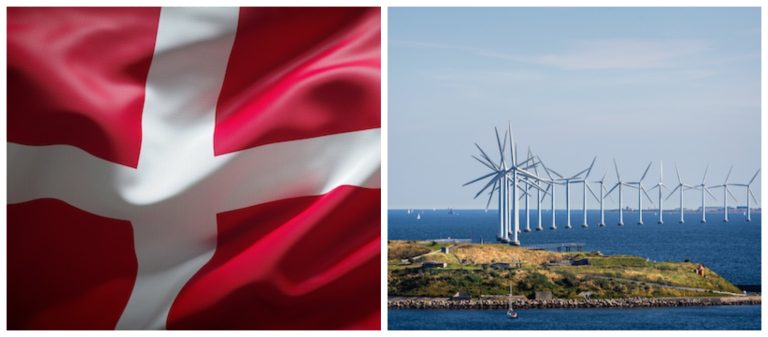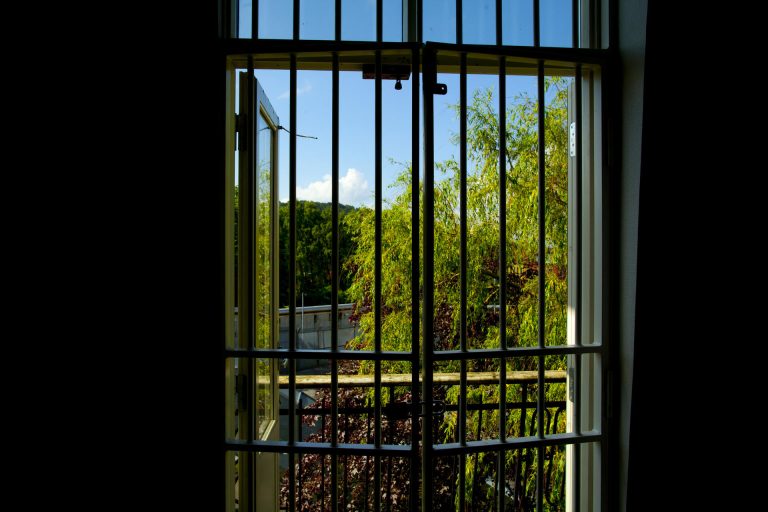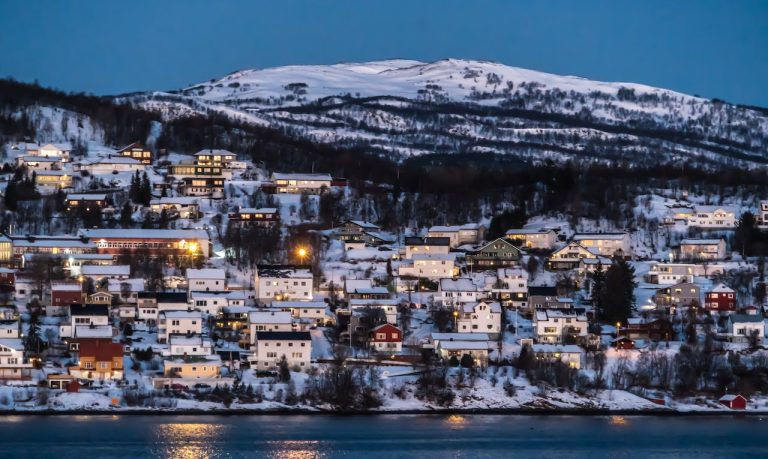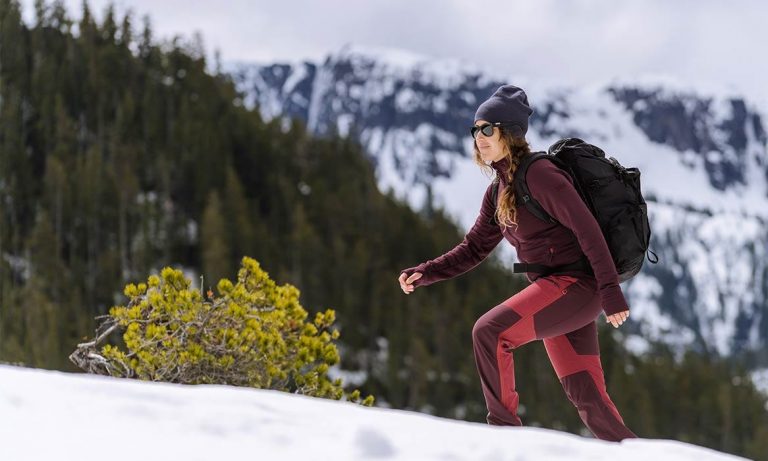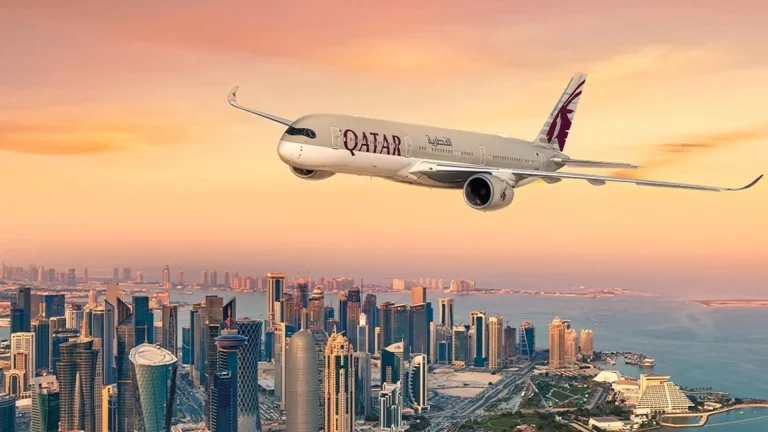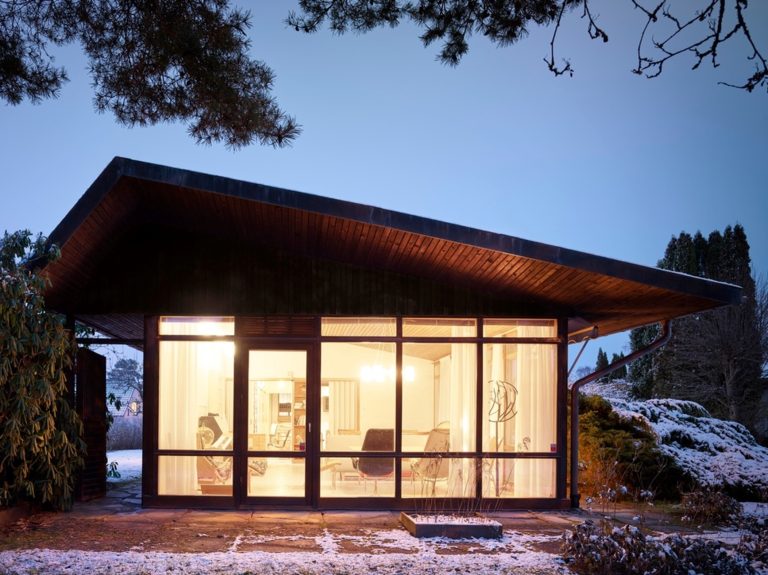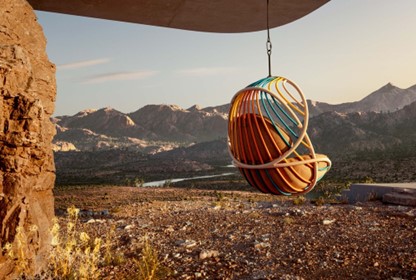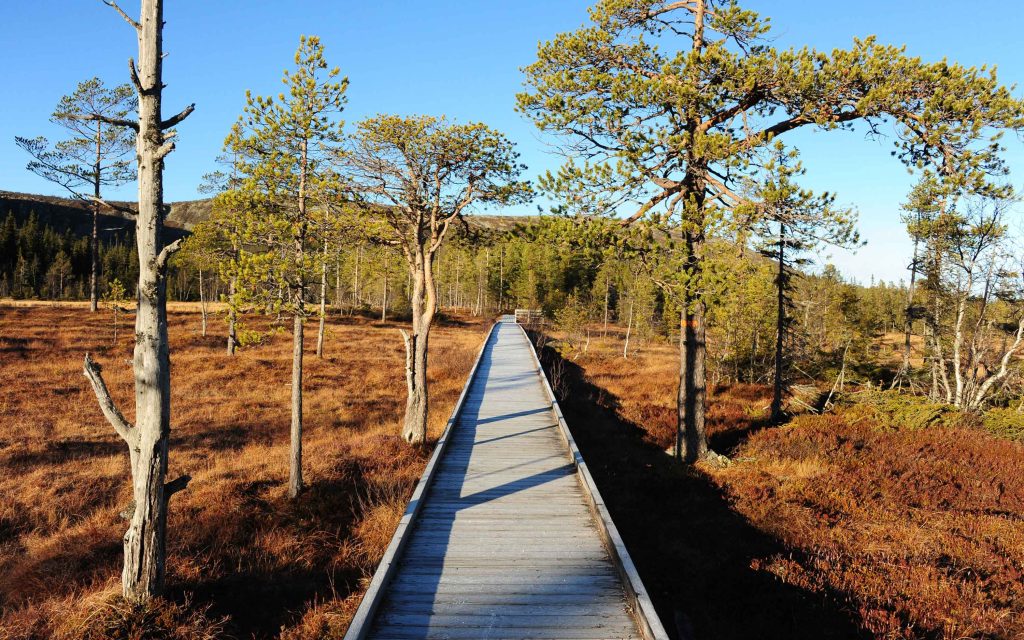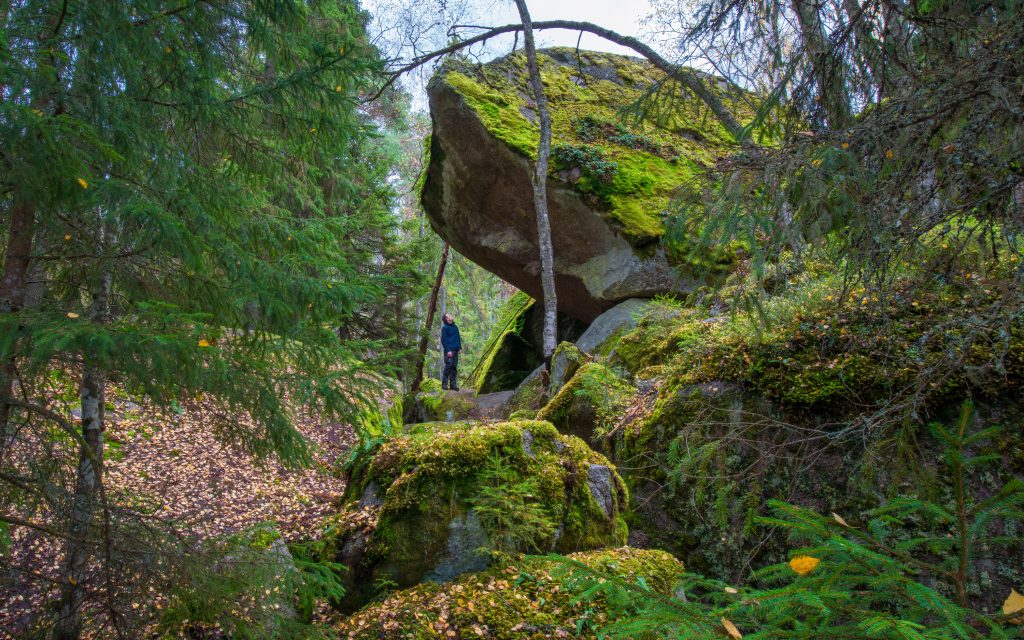For many Scandinavians Dubai is a respite from cold, Nordic winters and offers a luxurious lifestyle with upscale hotels, shopping malls and exciting tourist attractions. The temperature in January is like a good Scandinavian summer with 25 degrees Celsius and plenty of sun. 100,000 Scandinavians are living in Dubai, and the destination is attracting professionals from all over the world. Read more about Scandinavians exploring Dubai and our chosen attractions and hotel facilities.
On a cold January day we left Oslo Airport by United Arab Emirates Airways’ seven hours direct flight to Dubai. After a week’s stay, we have experienced Dubai as a vibrant, dynamic city offering a unique blend of modernity, luxury, culture, and hospitality.

Attractions
Dubai is one of the most visited destinations in the Middle East, but most tourists only see a fraction of the city. The glitz of the Burj Khalifa and the novelty of the Palm are nice, but to truly experience Dubai you need to branch out. Many of the restaurants on ‘best of’ lists are second or third locations for famous chefs in the U.K. or New York. Many of these places are good for a fancy night out but save time to eat your way through Old Dubai as well. That’s one of the reasons we chose to stay in Deira.
But don’t miss the Dubai Mall, situated at the heart of it all in Downtown Dubai. It is the most visited retail and lifestyle destination in the world – welcoming over 100 million visitors every year. Dubai Mall has more than 1,200 retail outlets, including two anchor department stores, Galeries Lafayette and Bloomingdales, along with over 200 international dining experiences and a wide range of entertainment and leisure attractions for families to enjoy.




The Dubai Aquarium & Underwater Zoo, located within the Dubai Mall, is home to thousands of aquatic animals, over 140 marine species and a 270-degree walk-through tunnel. The aquarium contains more than 400 Sharks and Rays, including Sand Tiger Sharks, Giant Groupers and a wide array of amazing marine life.


The Dubai Mall is a massive mall but the fountain show outside is more unique. Performances are held daily starting at 6 p.m., and run every half hour until 11 p.m.
A vibrant Arabesque marketplace situated alongside Dubai Mall in the heart of Downtown Dubai – Souk Al Bahar, the sailor’s market, effortlessly blends the classic with the contemporary to offer residents and tourists alike an enthralling array of shopping, entertainment and dining experiences. Featuring over 100 shops and 22 restaurants, cafés and lounges, the Souk provides the perfect vantage point to take in amazing views of Burj Khalifa and Dubai Fountain.


Just a short drive from Jumeirah Village Circle, you’ll find the Dubai Frame, another structural wonder that frames the city’s past and future. It’s an artistic and cultural hub, perfect for art enthusiasts. Don’t forget to make a stop at a neighboring marvel, the Museum of the Future. Discover cutting-edge technological innovations from around the globe.
Burj Khalifa, the world’s tallest skyscraper, is a Dubai must-see landmark and offers breathtaking panoramic views from its observation deck.

With its iconic skyline surrounding some of the city’s most sought-after dining and nightlife experiences, the Dubai Marina is not to be missed. Discover upscale dining and endless fun. Enjoy strolls along the Marina Walk or set sail at the Marina Yacht Club. It’s a realm where Dubai’s fast-paced lifestyle blends seamlessly with serene waterfront living.



A yacht dinner cruise on the Dubai canal should also be on your bucket list. The 3.2km canal is more than just a road. It symbolizes Dubai’s progress and development, connecting the heart of Dubai with its beautiful coastal areas. As it cuts through Safa Park and the Jumeirah district, it is a testament to the city’s commitment to innovation and modernization.

Tour through the desert in a 4×4 or go extreme off-roading in a dune buggy or on a quad bike. If you want a full Arabian desert experience, book a package that includes sandboarding, camel riding, an Arab dinner, and entertainment.

To me, the Global Village was a disappointment. With its many shops, restaurants, and street food outlets, it was more like walking inside a theatrical environment full of empty background scenes and illusions. Disney World and Tivoli Gardens in Copenhagen are much better options.
***************************************
Another article in Scandinavian Explorers you might like to read:
Scandinavians Exploring Bordeaux
***************************************


Stunning architecture
Dubai is sometimes shrouded by misconceptions. Many consider the city as glossy, fake, and superficial, which couldn’t be further from the truth. I spoke to a Norwegian working in Dubai, saying that “it has a large expatriate population and feels like a Middle Eastern melting pot. The atmosphere is tolerant and Dubai is the safest place I have ever felt anywhere.”

Dubai’s original architecture, dating from the late 19th century, was influenced by Iranian, Indian, and Islamic designs. With Dubai’s oil discovery came an unplanned construction boom that created a hodgepodge of architectural styles. Construction often paid little attention to traditional Islamic architecture or to the environment, and Dubai was not yet courting the world’s attention by building the biggest and the best.
However, in recent years, builders have become somewhat more conscientious about both the environment and Arabic heritage. Master planning overseen by Dubai’s rulers is leading to more harmonious development, and architects from all over the world are adding to the astonishing city landscape you can experience in today’s Dubai.
Shopping
Buying gold in Old Dubai is cheaper than almost anywhere in the world because there are no import duties on raw materials and gold bars. There’s a 5% tax on jewelry, but you can get it back at the airport (all gold stores will give you a VAT claim sheet). There are also strict quality regulations and a huge variety. Store prices are uniform, so if you see something you like, don’t feel you need to compare prices elsewhere. That said, bargaining is acceptable, and you should never settle for the initial asking price.

The Arab world is known for its coffee — from traditional Turkish coffee to modern delights like cereal lattes — and Dubai has myriad cafes in which to get your daily fix. There are so many cool, unique, artsy, and design-led coffee shops. Some have beautiful gardens and outdoor spaces, while a new slew of them has moody interiors and unique, immersive themes.
**************************************
Scandinavians have been exploring the world from the Viking Age.
Read more about Scandinavian Explorers.
**************************************

Accommodation
For those who wish to stay where the city of Dubai originated, the 5-star premium hotel, Hyatt Regency in Deira offers the perfect blend of luxury, elegance, and breath-taking views. The adjoining 30-storey apartment section offers studio apartments as well as one-, two- and three-rooms apartments. The Greek restaurant Helios on the top floor offers delicious Greek food and is worth a visit.

“For families or friends traveling together, renting an apartment might be a clever solution,” says marketing director of sales & marketing Sanjay Nambiar.

Hyatt Regency Deira, situated in the heritage heart of the city, features 421 luxury hotel rooms & suites with great facilities, recreation center and meeting spaces. It’s overlooking the Arabian Gulf and the newly developed Dubai Islands. Guests can access the nearby Dubai Metro directly to Dubai Mall via the Link Bridge.



The hotel offers an outdoor pool bar with a temperature controlled outdoor swimming pool. Service-minded waiters serve refreshing drinks and food in the sun all day long. I had a pleasant conversation with an Englishman who had stayed at the hotel two weeks every year for 22 years!




“So much in our daily lives can feel chaotic and uncertain,” he said. “Returning to the same hotel allows me to create my own routine. There’s comfort in a familiar place.” And he adds with a huge smile, “You can even pretend like you’re a local.”


On 25th Floor of Hyatt Regency, the revolving restaurant Al Dawaar serves great buffets and offers 360-degree views of the city’s skyline, Burj Khalifa, creek and the sea. This is Dubai’s only revolving restaurant and makes a full turn clockwise in 90 minutes. Enjoy dining in a chic, tropical colonial setting or treat yourself to a handcrafted cocktail.

Guests staying in Club Rooms & Suites has privileged access to the Regency Club with complimentary continental breakfast and supper with selected soft house beverages with fruit and cookies in the afternoon. They can also enjoy an outdoor terrace to unwind.
The hotel offers a small indoor shopping center with an ice rink! You can buy tickets to all attractions in Dubai at the travel agency in the lobby. Recommended!

Scandinavians Exploring Dubai – Conclusion
Dubai has transformed from a quiet fishing village into a bustling metropolis, with an estimated population of over 3.5 million people in 2023 (up by over 200,000 since 2019). Despite this rapid growth, only 15% of the city’s inhabitants are Emirati nationals – the rest are a mix of expats and migrant workers, adding to Dubai’s multicultural flair.
The city is renowned for its safety, cleanliness, and infrastructure. However, be warned. Rush traffic is heavy here as in other big cities during rush hours.
And should you miss home, Dubai offers indoor skiing, a smørrebrød café, Legoland as well as the Norwegian and Swedish seamen’s churches serving lapskaus and waffles.
Scandinavians Exploring Dubai, written by Tor Kjolberg.
All images (if not otherwise stated) © Tor Kjolberg/Daily Scandinavian


